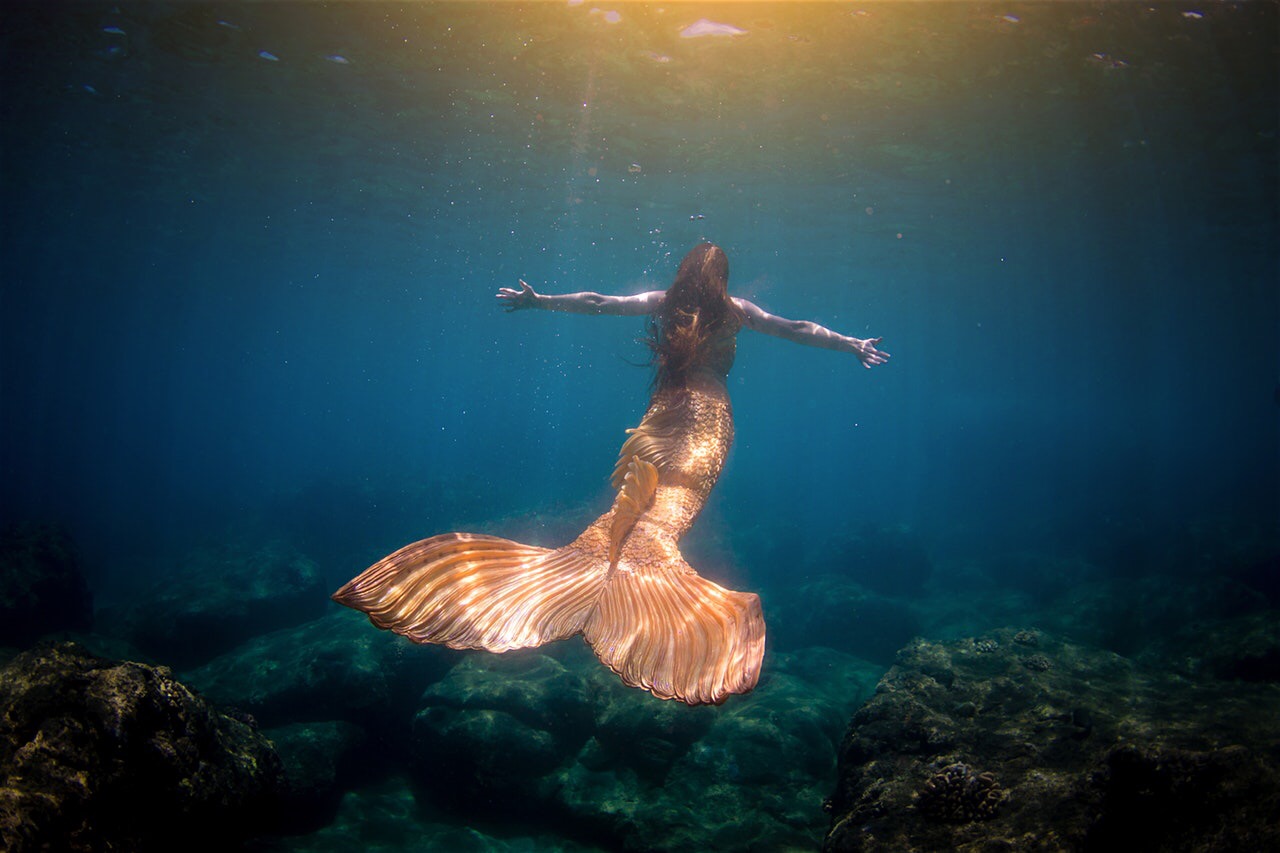How to be sure you are buying a safely made mermaid tail (silicone edition)
- Haley Mermaid

- Oct 14, 2022
- 2 min read
When buying an expensive piece of equipment (like a silicone mermaid tail) a lot of people assume that because it is expensive and made by a professional it will be made properly and from high quality safe materials. Unfortunately there are scammers out there.
Tips to make sure you are getting a proper tail
1.) you have to have a proper and safely made monofin inside your tail to swim! Make sure your tailmaker uses a safe brand of monofin made by a professional swim equipment manufacturer.
Some Safe monofin brands:
*finis
*body glove, mermaid linden fin
*water way fins
*leaderfin
*Mertailor fantasea fins
*mahina
Avoid homemade monofins! There is no reason to make your own monofins when you could buy actual fins that you know are safely made to put in the tail.
ask the tailmaker what monofin goes in the tail.
Here are some examples of safe vs homemade monofins in silicone tails


2.) pay attention to the wording when ordering a tail. Some tailmakers will use flowery language to make it seem like they are using the best silicones available. Watch out for terms like “food safe silicone” and “aquarium safe silicone” this can mean silicone that is safe but won’t stretch or hold up or it could mean caulking from a tube which is not skin safe.
Ask the tailmaker what silicone they use, if they don’t tell you a specific name that’s a red flag and that means it’s not dragonskin
The industry standard for silicone tails (used by top tailmakers like Finfolk and Merbella) is dragonskin silicone from the company smooth on. It is medical grade and very durable. While it can be difficult to get in other countries if you are getting a made in America tail it should be made from dragonskin.
(If the tail is coming from a different country make sure it is medical grade silicone and you know the name of the silicone so you can look at the msds and do safety research of your own.)
Here is what happens when a tail isn’t made of the highest quality silicone but a cheaper “food grade” silicone instead.

3.) make sure the tailmaker isn’t listed as a scammer in the mermaid community. You can do this by googling the tailmaker followed by the keywords “scam” or “bad”mernetwork and Facebook mermaid community groups have lots of info and reviews. Here is an example ⬇️

You can also check the BBB to see if that tailmakers business has recent complaints.
4.) make sure the tailmaker actually knows what they are doing. Ask for photos and videos showing past tails they have made, up close tails, and tails in the water. Here’s an example of what can happen if the tailmaker doesn’t have enough experience.

ill fitting tails with uncured silicone covered in loose glitter. (This tail cost $2600+)
hopefully this will help!


Comments